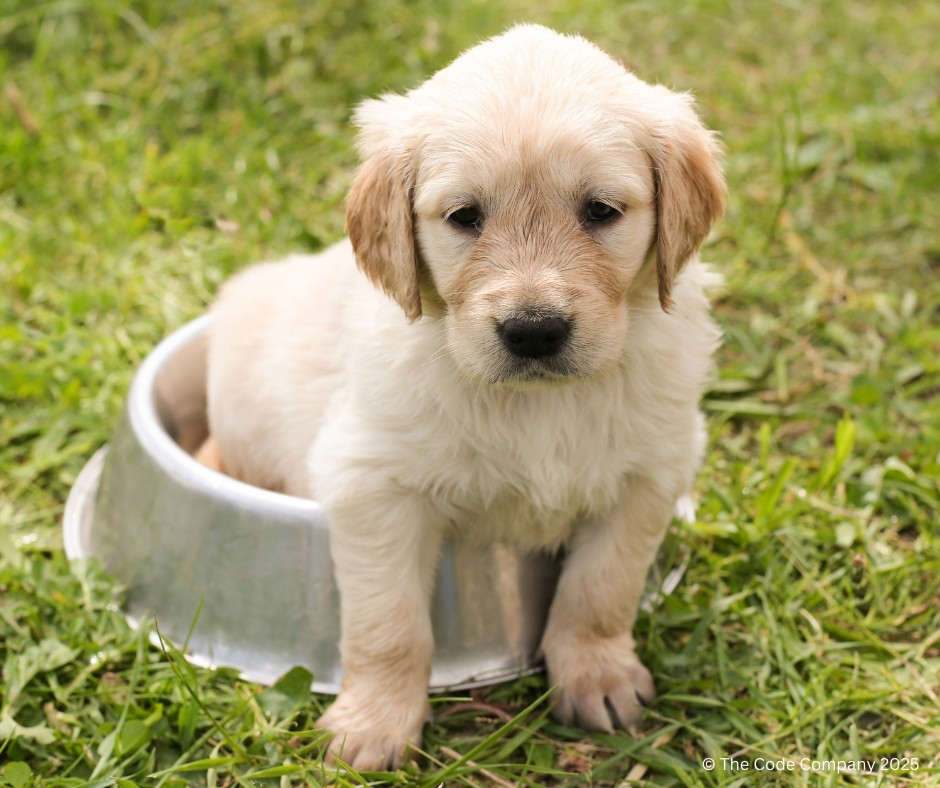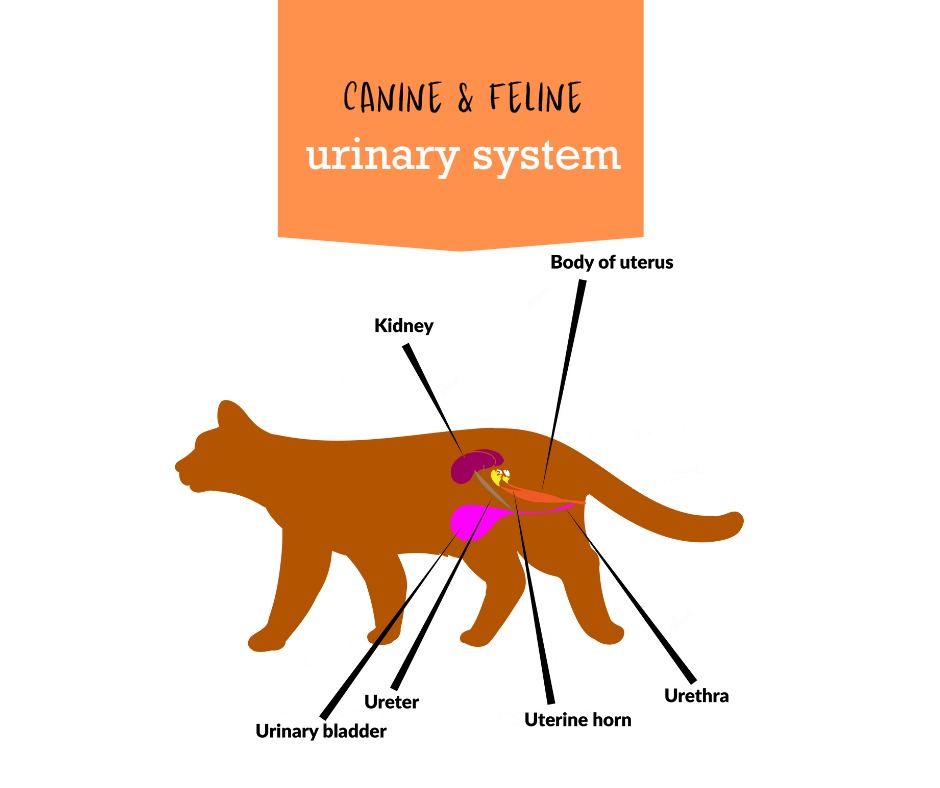What if I have an after hours emergency with my pet?
Currently Dr.Beggs is our only veterinarian so while he tries to do most of the after hours cover himself,there are times when emergencies are referred to another veterinary clinic to allow Dr.Beggs time off with his family. The contact number of the emergency vet will be on our answering machine or on the cell phone message but we are fortunate that Windhoek Veterinary Clinic assists us in this regard. WVC's number is 228 405 or 081 124 1668 but is for emergencies only please.
Vaccination saves lives!
Despite much negative publicity regarding vaccines, there is no doubt that correctly administered vaccines save our pets from horrific,often fatal diseases such as Parvovirus(Catflu), Distemper in dogs and Panleucopenia and Feline Leukaemia in cats.We advise keeping your pets isolated on your property until 3 weeks after they have completed the full puppy or kitten course of vaccines to allow the immune system enough time to build up optimal defences.
The reasons to spay or castrate your pet.
Spaying pets before their first heat cycle reduces later risk of uterus infections, milk gland cancers as well as unwanted pregnancies and certain sexually transmitted diseases (brucellosis,TVT). Spaying also removes the hassle of cleaning up after your dogs' bloody discharge and keeping her physically separated from males for 3 weeks every 6 months.
The side effects of spaying such as weight gain and bladder incontinence can usually be easily managed. Castration prevents roaming,urine marking, reduces aggression and risk of many prostate diseases and cancer of the testis. Please ask our vet if you have any questions or need to discuss the matter in more detail.
Ticks and fleas- why bother?
Most of our pets will get exposed to ticks and fleas, some even on a daily basis. Ticks can transmit serious diseases such as Tick Bite Fever ( Ehrlichia and Babesia) or cause severe wounds from their mouth-parts (Hyalomma spp).Fleas can cause Flea Bite Allergy in 25% of adult dogs and 30% of adult cats , transmit tapeworms(Dipylidium spp) in dogs and cats ,and certain blood borne diseases(Hemobartonella/Mycoplasma) in cats.We advise monthly applications of Frontline Plus or Fibrotec as prevention of these problems.
How should I prepare my pet for a routine surgery such as spaying or castration?
We advise that pets do not have access to food from about 20h00 on the evening before their surgery and that you remove access to water first thing the next morning. We do this to reduce the risk of regurgitation of stomach fluid while under anaesthesia which can have serious side effects for your pet. Unless alternative arrangements have been made, we ask that all surgical patients arrive between 07h30 and 8h00 to be admitted to hospital .If there is anything else you want us to check or do ( such as check ears,anal glands,pedicure or install a microchip) please mention this at admission. Once your pet is in recovery, we will contact you to let you know and arrange a pickup time in the afternoon. All patients receive pain medication and a wound care pack to go home with.
How often should I treat my pet against parasites?
We advise that all pets be dewormed with a safe, effective product every 3-6 months. Young puppies and kittens,dogs which scavenge and cats which hunt, and any pets with contact with small children ( <7 years) should be done every 3 months routinely.Safe, effective tick and flea prevention should be applied every 4-5 weeks : we reccommend Frontline Plus or Fibrotec spot-ons because of their extreme safety profiles
A guide to diabetes mellitus in dogs and cats We answer your questions about the symptoms, diagnosis, treatment and management of diabetes in dogs and cats.Dogs’ and cats’ endocrine systems work very similarly to humans’, and they experience similar disorders of the endocrine organs as humans do. This includes diabetes mellitus. Diabetes originates and presents in different ways between dogs and cats, but the mechanism is the same: the body is unable to use the glucose in the bloodstream. This occurs because either the pancreas does not produce enough insulin or the body is resistant to insulin secretion. |
All you wanted to know about senior pet care We answer your questions about caring for senior petsTime flies when you’re having fun – especially with a beloved dog or cat. Pets make our long days not only bearable, but worthwhile, and sharing affection with a pet helps us return to the moment when we’re anxious or overwhelmed. The only problem with pets is that they too get old, slow down, require additional special care, and a different approach to their health and wellbeing. |
Your questions about pet sterilisation answered Having your pets sterilised is the most responsible thing you can do for them and for the pet population in South Africa as a whole.Having your pets sterilised is the most responsible thing you can do for them and for the pet population in South Africa as a whole. In this article, we answer your questions about pet sterilisation and aim to put your mind at ease that spaying and neutering your pets is the right thing to do for their health and for your benefit. What does pet sterilisation mean?Sterilisation refers to the surgical removal of your female pet’s ovaries and uterus (spaying) or your male pet’s testicles (neutering). This is done to prevent your female pet from going on heat and to prevent male pets from reacting to females’ heat cycles. |
The vet could not cure my pet YOU are your pet’s best bet for successful treatmentAs a pet owner, the veterinary clinic or animal hospital is your first port of call when your pet is showing concerning symptoms and you are seeking a diagnosis and an effective treatment plan. The veterinarian’s main objective is to ensure your pet receives quality care that restores and even improves their health and wellbeing. We love animals and we want to see them well again – as much as you do. |
How prepared are you for raising a puppy? The idea of a new puppy may present itself as comprising idyllic, fun-filled days of playtime and puppy breath, but the reality of raising a puppy is very, very different.There is something irresistible about a new puppy – from its cute appearance to that unmistakable puppy smell; the way it exudes excitement and is a bundle of wagging, licking joy in your presence. The idea of a new puppy may present itself as comprising idyllic, fun-filled days of playtime and puppy breath, but the reality of raising a puppy is very, very different. |
The canine and feline urinary system In this article, we list the organs and functions of the canine and feline urinary system, the disorders that can affect the urinary system, and how the vet diagnoses your pet's urinary health.The primary function of the canine and feline urinary system is to excrete waste products from the body. Therefore, the health of the urinary system is critical for the health of all of the body’s other systems. Understanding and maintaining your pet’s urinary system is essential to their overall health. In this article, we’ll cover the organs and functions of the urinary system, as well as the common diseases of the urinary system (and their symptoms) and how the vet can diagnose them. |
The canine and feline endocrine system In this article, we list the glands of the endocrine system of dogs and cats, as well as their functions, and what happens when pets develop endocrine disorders.The endocrine system of dogs and cats is almost identical to that of humans, in structure and function. The endocrine system is made up of a number of glands in the body that secrete hormones to control a range of important functions – from growth and metabolism, to reproduction, blood pressure, mineral balance and homeostasis in the body. Its overall purpose is the regulation and control of various functions to keep the body in balance. The canine or feline body is in a constant state of detecting stimuli (threats, thirst, reproductive opportunity, hunger, temperature, etc.). It is the endocrine system that responds to those external stimuli in ways that keep the body in balance. |
The canine and feline immune system The canine and feline immune system affects each and every system and cell in their body. It is a barrier of detection and elimination that stands narrowly between the healthy cells of the body and invading organisms like viruses, bacteria, parasites, canThe immune system of dogs and catsThe canine and feline immune system affects each and every system and cell in their body. It is a barrier of detection and elimination that stands narrowly between the healthy cells of the body and invading organisms like viruses, bacteria, parasites, cancer cells, pollen or food molecules. The immune system is the body’s defence against illness, disease, infection and allergies, and it has a few mechanisms of protection against pathogens that may attack a healthy animal. |
Canine and feline male reproductive system In this article, we list the organs and functions of the male reproductive system in dogs and cats, the disorders that can affect the reproductive organsIn our previous article on the female reproductive system of dogs and cats, we showed how a complex system of reproductive organs and hormones work together to facilitate fertilisation, gestation and birth. The male reproductive system in dogs and tomcats also consists of a variety of organs and hormones that work together to facilitate fertilisation and to ensure the perpetuation of the species. It influences many of the males’ behaviours, making a good case for neutering when owners of male dogs and cats do not intend to breed with their pets. |
Canine and feline female reproductive system In this article, we explain the components and functions of the female reproductive system, the disorders that can affect reproductive organs, and how the vet treats the reproductive health of female dogs and cats.Dogs and cats are placental mammals that carry their foetuses in the uterus to full term, giving birth to a litter of live offspring that are almost fully developed. Offspring are initially fed on milk secreted by the bitch or queen’s mammary glands, with puppies and kittens suckling on the five or four pairs of teats, respectively. The reproduction process requires a number of different organs, hormones and events that all work together in a system, to produce puppies and kittens. In this article, we’ll explore the components and functions of the female reproductive system, the disorders that can affect reproduction, and what to look out for when problems affect the reproductive organs. |
















